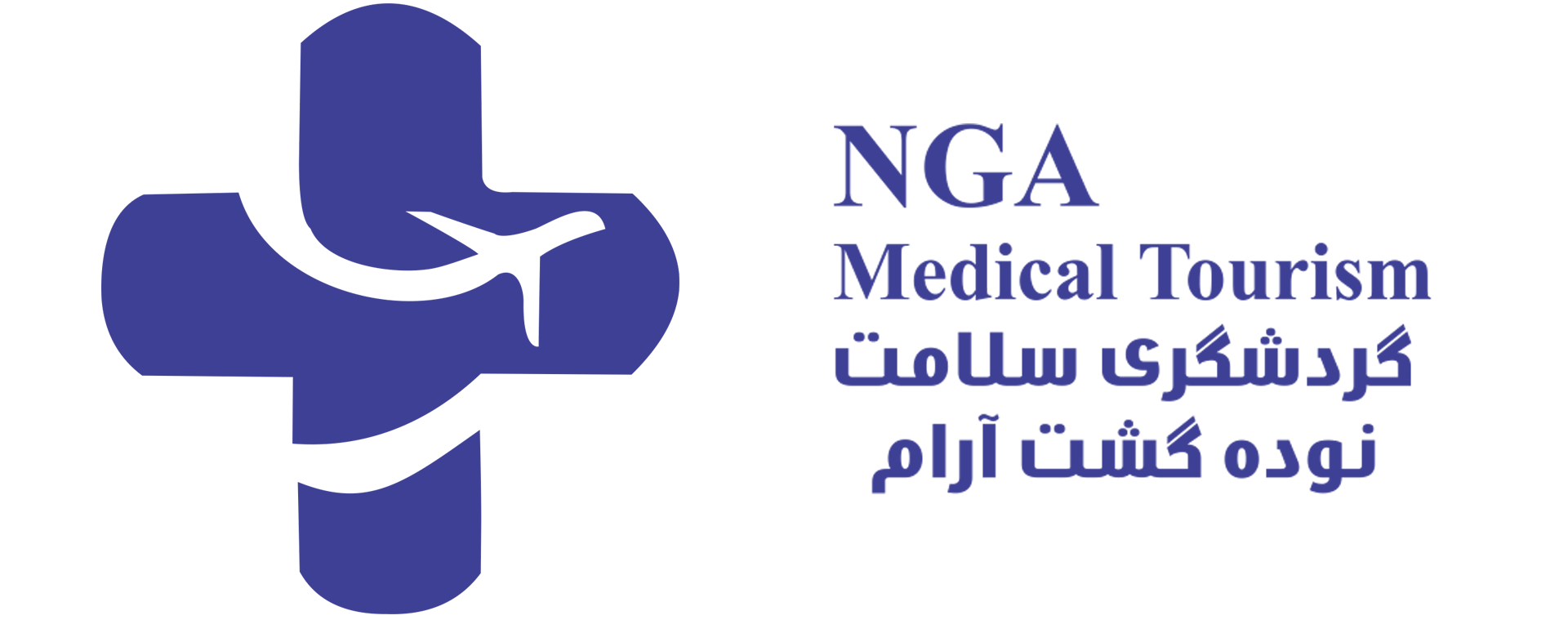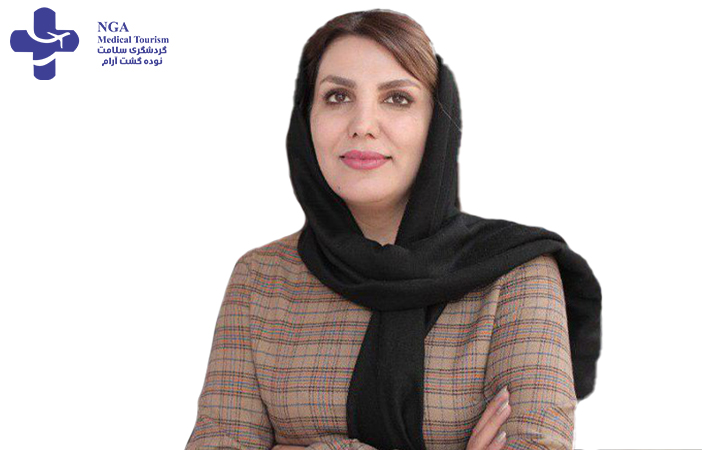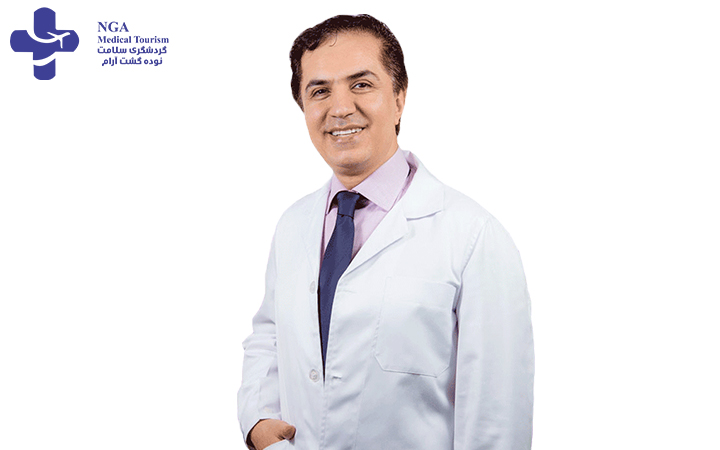- 19 June, 2023
- blog
Why do patients consider a revision rhinoplasty?
Patients consider a revision rhinoplasty to address various concerns and unsatisfactory outcomes from a previous nose surgery. Some common reasons include dissatisfaction with the aesthetic appearance of the nose, functional issues such as difficulty breathing, persistent asymmetry, residual humps or bumps, nostril deformities, or complications like infection or implant-related problems. Revision rhinoplasty aims to improve the overall appearance and function of the nose, providing patients with the desired results they did not achieve with their initial procedure.
Revision rhinoplasty in Iran is a secondary nose surgery performed to correct issues from a previous rhinoplasty. Iranian surgeons are highly skilled and experienced in nasal procedures, offering expertise in achieving natural and aesthetically pleasing results. The procedure involves reshaping the nose, addressing functional concerns, and restoring facial harmony. It is important to consult with qualified surgeons in Iran to discuss specific details and determine the best approach for individual cases.

Rhinoplasty is a surgical procedure that involves reshaping and modifying the nose for aesthetic or functional purposes. It can be performed to enhance facial harmony, correct nasal deformities, improve breathing difficulties, or address trauma-related injuries. Rhinoplasty in Iran is sought after due to the country’s skilled surgeons, advanced medical facilities, and reputation for delivering high-quality results. Iranian surgeons are experienced in performing rhinoplasty procedures and can help patients achieve their desired nasal appearance and functionality.
WHAT DOES REVISION RHINOPLASTY INVOLVE?
Revision rhinoplasty involves:
- Evaluation and Assessment: The surgeon examines the patient’s previous rhinoplasty results, identifies areas of concern, and discusses the patient’s goals for the revision procedure.
- Surgical Planning: A customized surgical plan is created to address the specific issues from the previous surgery, which may include reshaping the nasal bones and cartilage, correcting asymmetry, refining the nasal tip, or improving breathing functionality.
- Surgical Procedure: The revision rhinoplasty procedure is performed, typically under general anesthesia. Techniques such as cartilage grafting, tissue rearrangement, and scar tissue removal may be employed to achieve the desired results and enhance the appearance and function of the nose.
- Recovery and Follow-up: The patient undergoes a recovery period, during which swelling and bruising subside. Regular follow-up visits are scheduled to monitor the healing process and ensure optimal results.
IRAN, An Ideal Destination for Revision Rhinoplasty
Iran is internationally recognized for its proficiency in nose jobs, and there is a wide array of revision rhinoplasty specialists in Iran. These highly trained surgeons possess exceptional expertise in conducting intricate revision rhinoplasty procedures, ensuring outcomes that are both aesthetically pleasing and natural-looking. The nation’s advanced healthcare system, coupled with the affordability of the procedures, further enhances its appeal as a preferred choice for individuals seeking top-tier revision rhinoplasty services. Reputable agencies such as Nodeh Gasht Aram offer comprehensive solutions, elevating Iran’s status as an optimal destination for cost-effective yet high-quality revision rhinoplasty.
Is revision rhinoplasty dangerous?
Revision rhinoplasty carries inherent surgical risks, including infection, bleeding, anesthesia complications, and unsatisfactory outcomes due to the complexity of correcting prior surgeries. However, with an experienced surgeon and proper pre-operative assessment, the risks can be minimized, making it a safe option for many patients seeking to improve their nasal appearance or function.
Success rate of revision rhinoplasty in Iran
The success rate of revision rhinoplasty in Iran is generally high due to the expertise of Iranian surgeons in handling complex cases, their experience in nasal procedures, and their ability to achieve desired aesthetic and functional outcomes.
The Risks of Having a Revision Rhinoplasty
The risks associated with revision rhinoplasty include:
- Anesthesia-related risks
- Bleeding and hematoma
- Infection
- Poor wound healing and scarring
- Persistent asymmetry or deformities
- Breathing difficulties
- Nerve damage
- Need for additional revisions
- Dissatisfaction with the results
- Psychological and emotional impact.
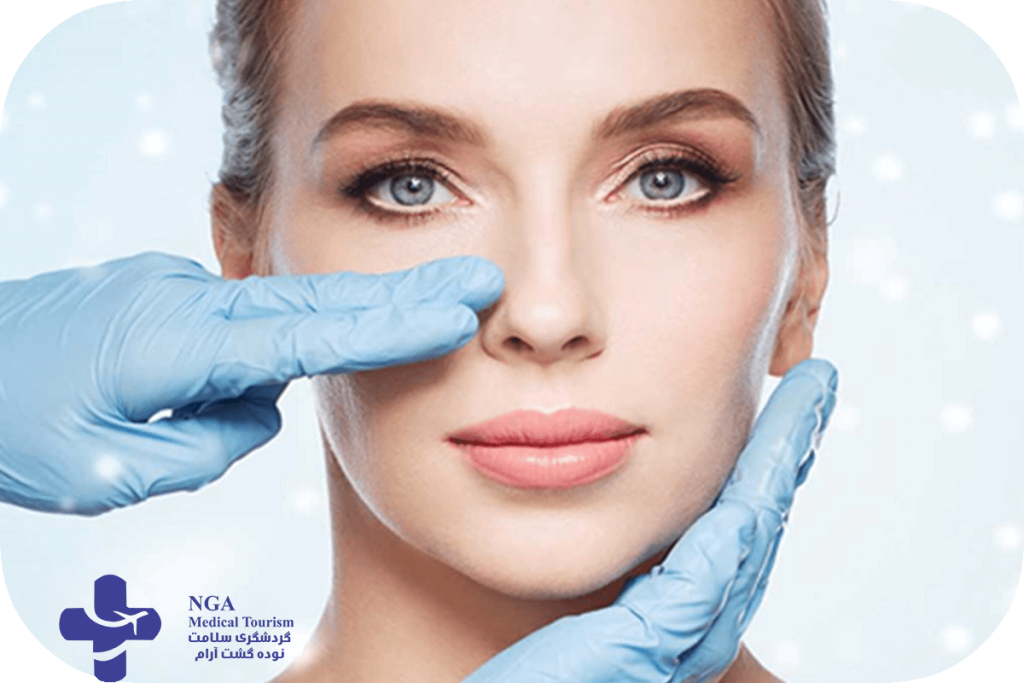

The Challenges in the Way of Revision Rhinoplasty
The challenges in the way of revision rhinoplasty include:
- Complex surgical planning and execution
- Limited availability of viable donor tissue
- Presence of scar tissue from previous surgeries
- Structural changes and alterations from previous procedures
- Achieving desired aesthetic and functional outcomes
- Managing patient expectations and addressing psychological factors
- Balancing the risks and benefits of additional surgery.
How to Prepare for Your Revision Rhinoplasty in Iran?
To prepare for your rhinoplasty in Iran, there are several general conditions that patients should typically meet:
- Good overall health: Patients should be in good general health to undergo surgery and have any underlying medical conditions well-managed.
- Clear communication and expectations: Patients should have a clear understanding of their desired outcome and communicate it effectively to the surgeon during the consultation.
- Realistic expectations: It’s important to have realistic expectations about the results of the procedure and understand that individual outcomes may vary.
- Non-smoking: Ideally, patients should refrain from smoking or using tobacco products for a certain period before and after the surgery, as smoking can impede healing and increase the risk of complications.
- Medication and alcohol management: Patients may need to avoid certain medications and alcohol consumption as advised by their surgeon to minimize the risk of bleeding and other complications.
- Adequate time for recovery: Plan for sufficient time off work or daily activities to allow for a proper recovery period as advised by the surgeon.
Before Revision Rhinoplasty in Iran
Wait for full healing: Wait at least a year after your initial rhinoplasty for swelling to subside and your nose to fully heal.
Find an experienced revision rhinoplasty surgeon: Choose a specialist with a successful track record in revision rhinoplasty.
Communicate concerns: Discuss your issues and goals during a consultation with the surgeon.
Get a thorough evaluation: Allow the surgeon to assess your nasal structure, skin thickness, and scar tissue.
Follow pre-op instructions: Adhere to instructions regarding medications, smoking cessation, and dietary restrictions.
Plan for recovery: Prepare for a significant recovery period by scheduling time off work and arranging for assistance with daily tasks.
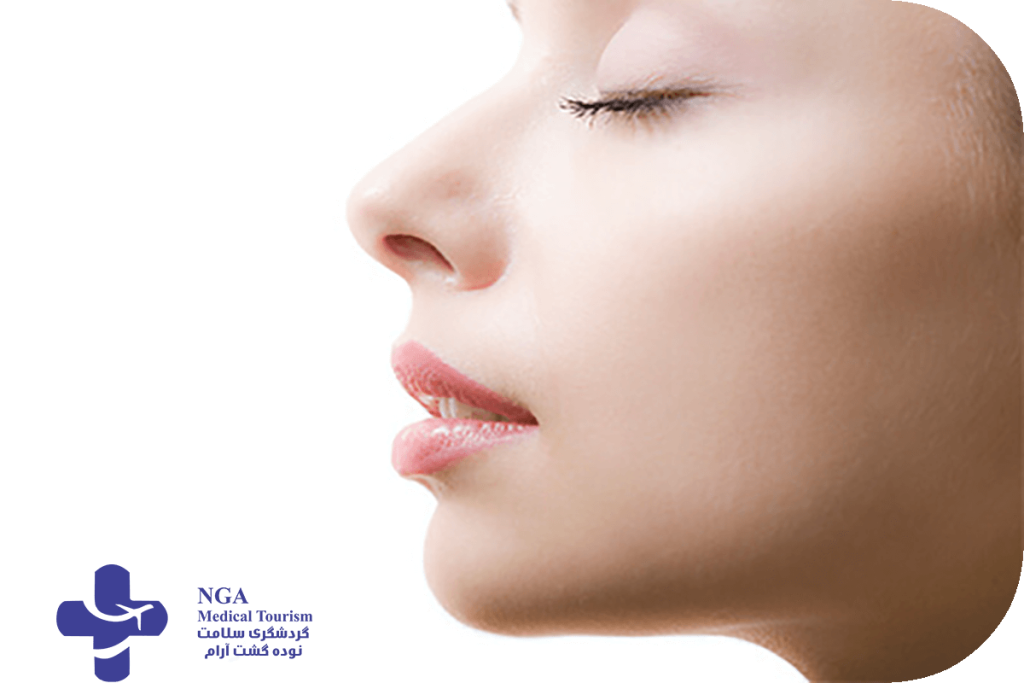
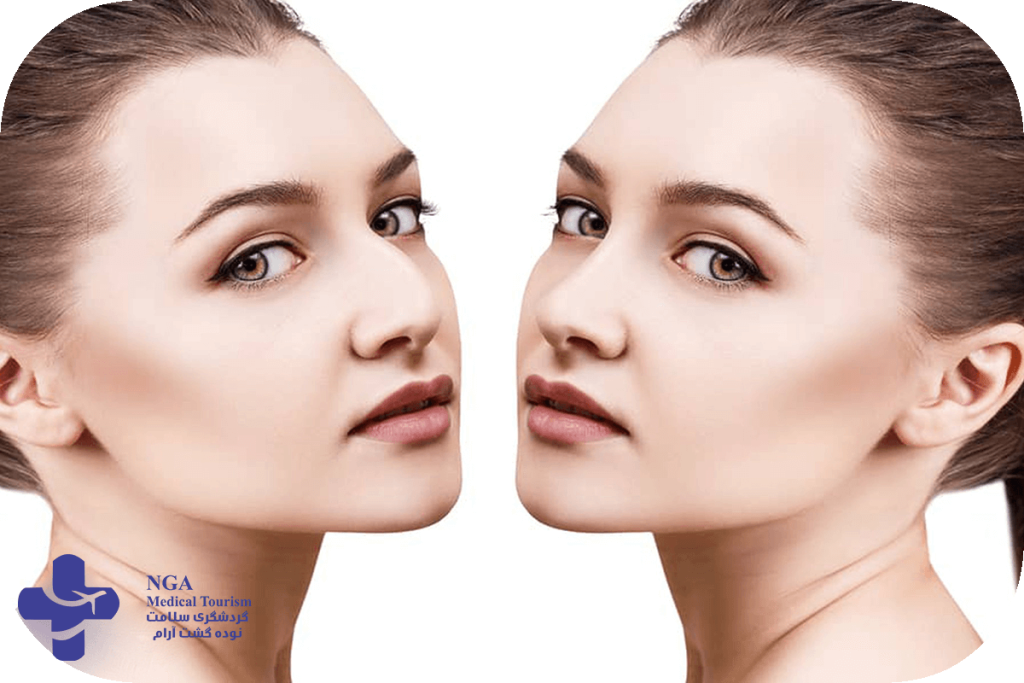
How long it take to recover after a revision rhinoplasty?
Allow at least two weeks off work or school for recovery and avoid strenuous activities.
Use prescribed pain medication as directed, avoiding blood-thinning drugs like aspirin.
Expect swelling and bruising for several weeks; reduce swelling with cold compresses and keeping your head elevated.
Nasal packing and splints may be placed temporarily; they’ll be removed within a week or two.
Attend follow-up appointments for monitoring and suture removal.
Modify your lifestyle: avoid smoking, alcohol, and maintain a healthy diet with hydration.
Be patient; results may take months to fully show, so follow post-op instructions diligently for the best outcome.
How long does it take for swelling to go down after revision rhinoplasty?
Swelling after revision rhinoplasty typically takes several weeks to noticeably decrease, but complete resolution can take several months to a year for the final results to become fully apparent, with the initial major swelling subsiding within the first few weeks. However, the exact timeline can vary from person to person depending on their unique healing process and the extent of the surgery. Patients should follow their surgeon’s post-operative instructions diligently and be patient as they await the full results.
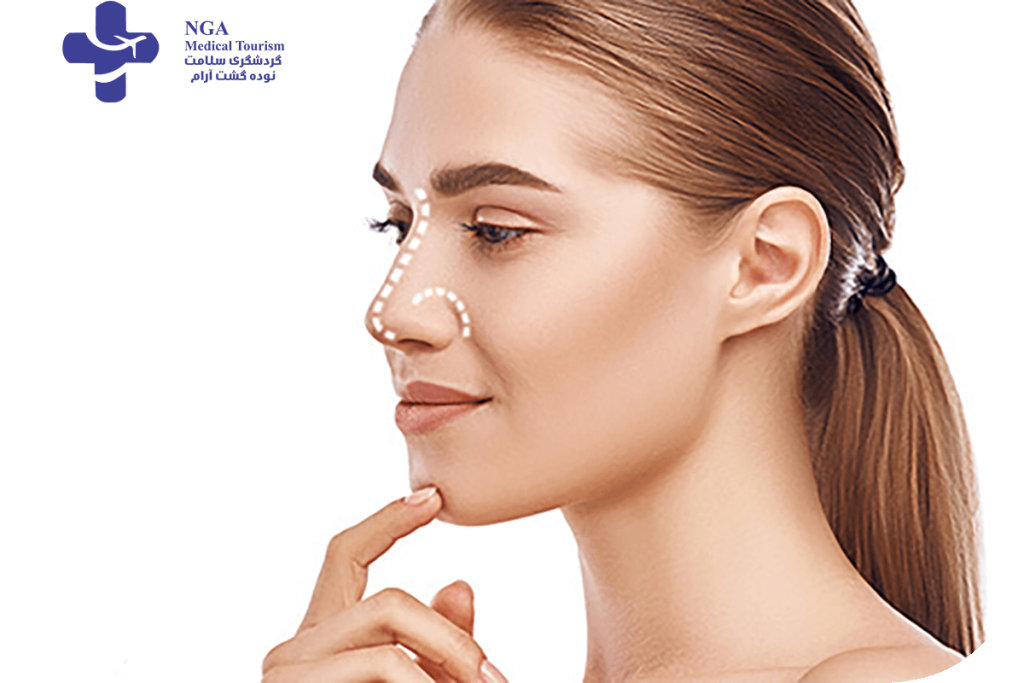
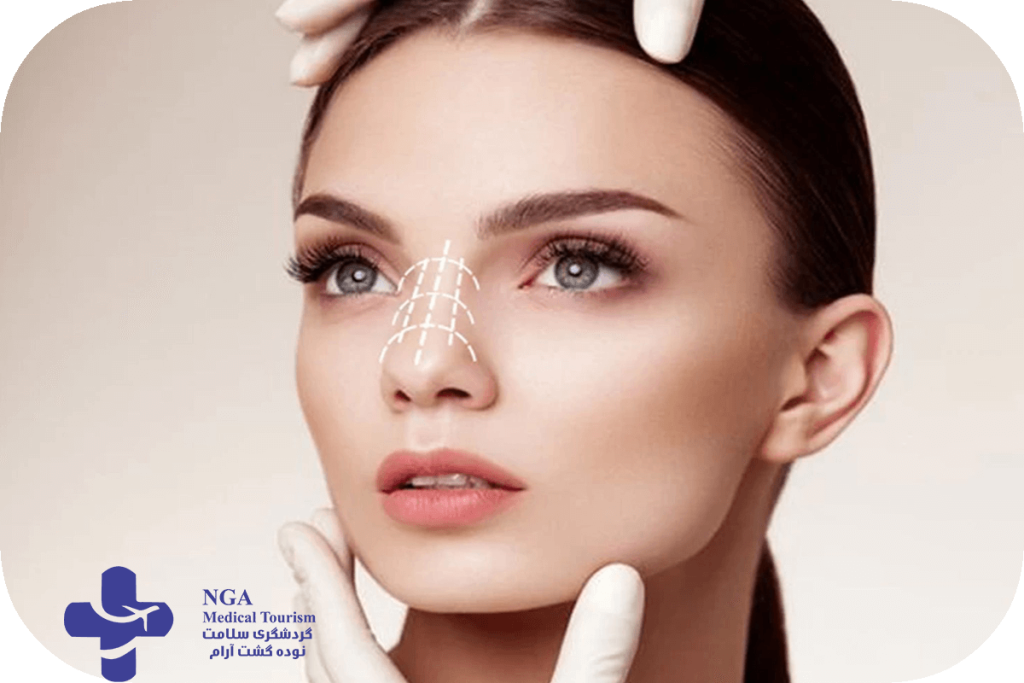
How to Take Care of the Nose after Rhinoplasty?
Proper post-operative care after rhinoplasty is essential for optimal healing and reducing complications. Follow the surgeon’s instructions diligently, including wound care, medication, and activity restrictions. Keep your head elevated to minimize swelling, apply cold compresses as advised, and avoid blowing your nose. Steer clear of strenuous activities, smoking, and alcohol consumption for at least two weeks. Handle glasses with care, and most importantly, be patient as it takes time for the nose to fully heal and follow your surgeon’s guidance for the best results.
How the Revision Rhinoplasty is Carried Out?
Revision rhinoplasty is a more intricate procedure compared to primary rhinoplasty, aimed at rectifying issues resulting from prior surgeries. The process starts with a consultation and pre-operative assessments, followed by anesthesia administration. The surgeon makes incisions, either internally or externally, to access the nasal structure and address previous surgery-related problems. Reconstruction, which may involve cartilage grafts, is then performed. After suturing incisions, patients must adhere to post-operative instructions for a successful recovery, including rest, avoiding strenuous activities, medication, and follow-up appointments with the surgeon.
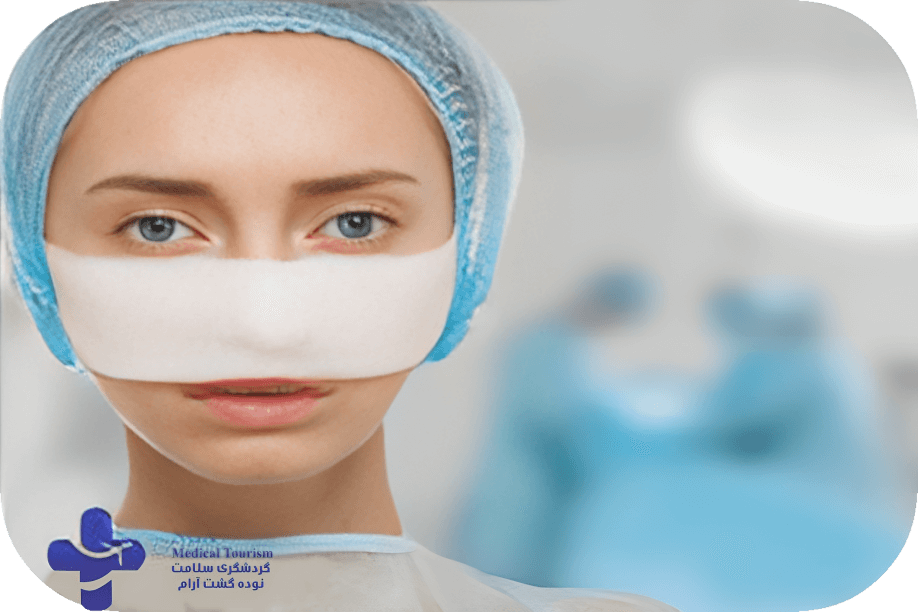
Revision Rhinoplasty Recovery Timeline
Recovery from revision rhinoplasty can take longer than recovery from primary rhinoplasty because the nasal tissue has already been operated on and may have scar tissue or weakened cartilage. The recovery timeline can vary depending on the extent of the revision and the individual patient’s healing process, but here is a general overview of the expected recovery timeline for revision rhinoplasty:
- Immediately after surgery: The patient will be taken to a recovery area and monitored by medical staff for several hours. The nose will be swollen, and the patient may experience some discomfort or pain.
- 1 week after surgery: The patient will return to the surgeon’s office to have the splint and any external sutures removed. The nose will still be swollen, but the patient may be able to return to work or daily activities.
- 2-3 weeks after surgery: Swelling and bruising will begin to subside, and the patient may begin to see some improvement in the appearance of the nose. However, the nose may still be tender and sensitive.
- 4-6 weeks after surgery: The majority of swelling and bruising should be gone, and the nose will begin to look more natural. The patient may be able to resume exercise and other strenuous activities.
- 3-6 months after surgery: The nose will continue to heal and settle into its final shape. The patient may notice some mild swelling or asymmetry, but this typically resolves over time.
- 1 year after surgery: The nose should be fully healed, and the patient should be able to enjoy the full results of the revision rhinoplasty.
It is important to follow the surgeon’s post-operative instructions carefully to ensure a smooth and successful recovery. This may include avoiding certain activities, taking medications as prescribed, and attending follow-up appointments with the surgeon.
Revision Rhinoplasty Before and After
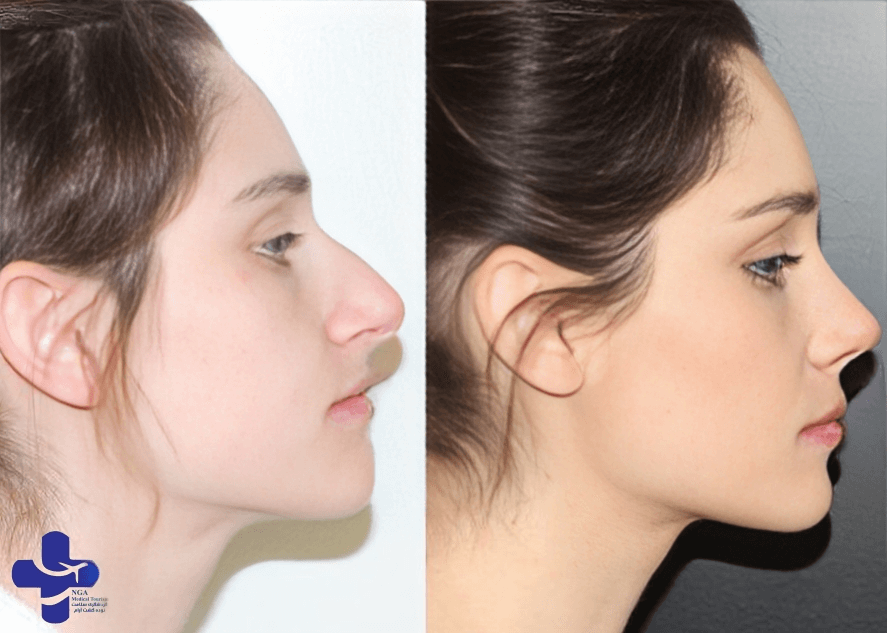
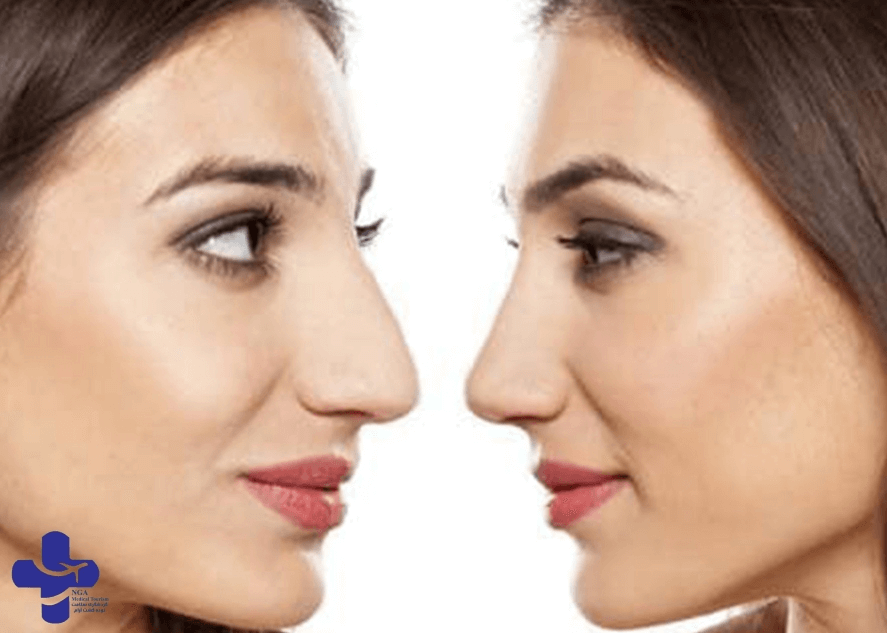
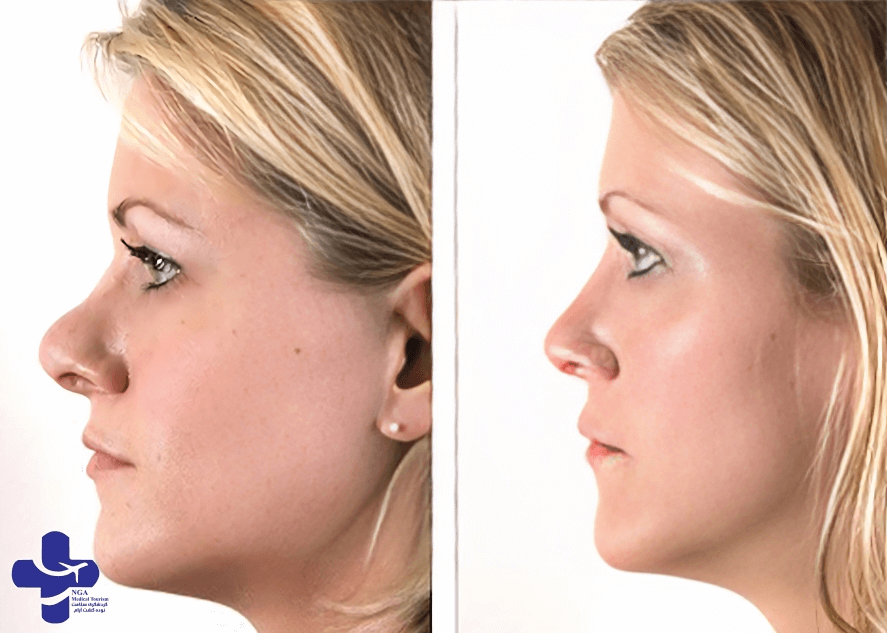
Why are Iran nose jobs famous in the rhinoplasty world?
Iran is known to be one of the top destinations in the world for rhinoplasty, and Iranian nose jobs are highly regarded in the field of rhinoplasty. There are several reasons why Iran has gained a reputation for nose jobs:
1. High number of rhinoplasty surgeries
2. Emphasis on facial beauty
3. Lower cost
4. Advanced techniques
Overall, the combination of high demand, skilled surgeons, advanced techniques, and lower cost has made Iran a top destination for rhinoplasty and has contributed to its reputation as a leader in the field.
best revision rhinoplasty surgeon

Dr.Hamidreza fathi
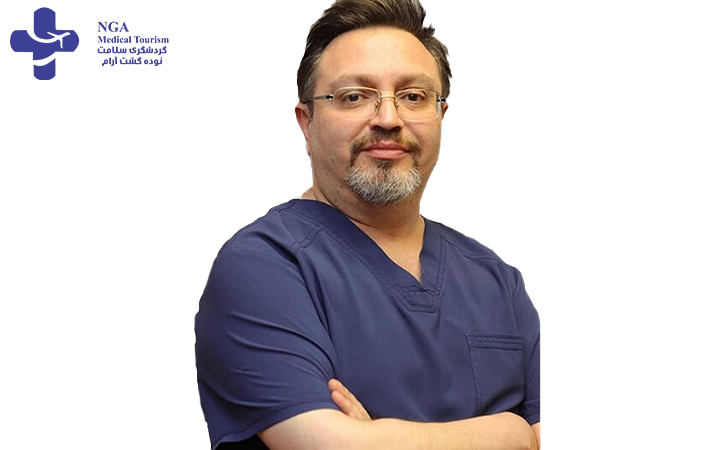
Dr.Pouria aflaki

Dr.ali gharooni
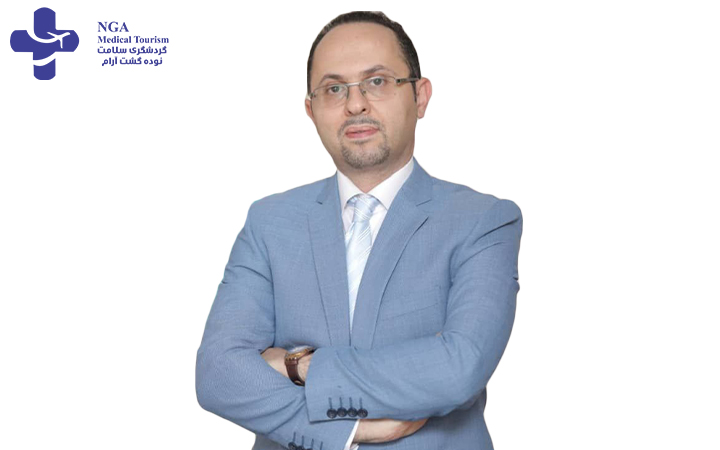
Dr. Amirreza Motabar
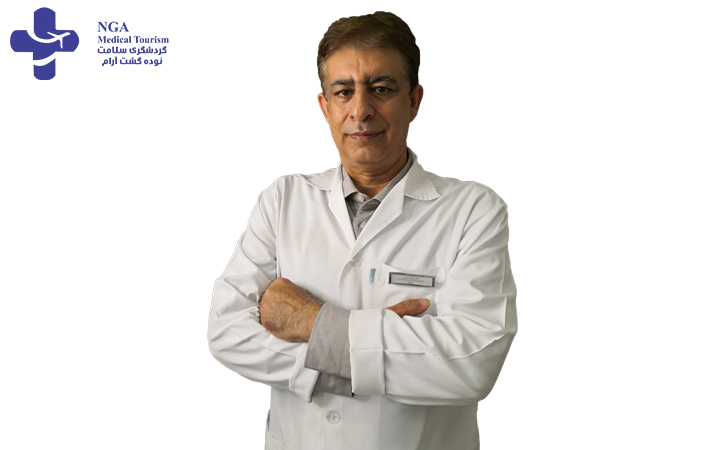
Dr.farhad ajdari
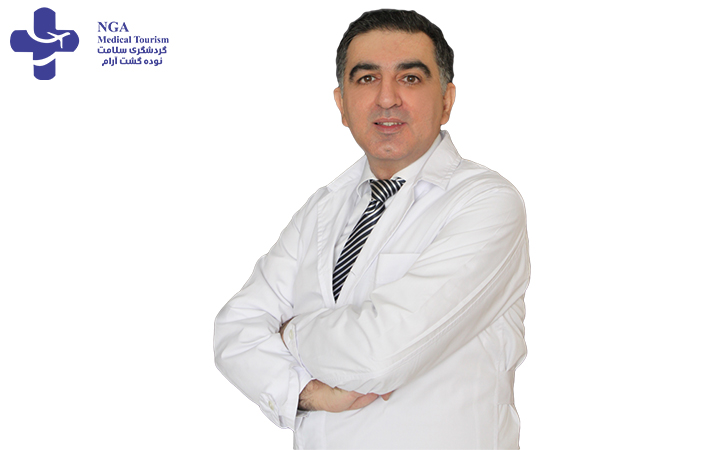
Dr.Farhood Goravanchi

Dr.Rozina besharati zadeh

Dr.Sajad mohammadi
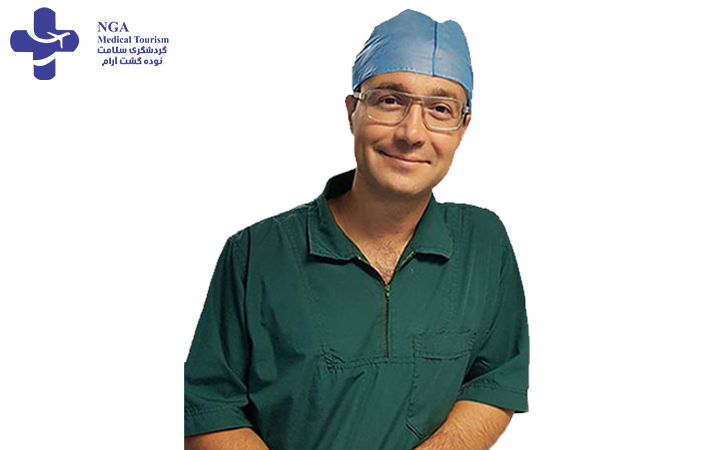
Dr.Shariar yahyayi
Possible Complications of Nose Job:
Like any surgical procedure, a nose job (rhinoplasty) carries some risks and potential complications. However, the majority of complications are rare, and most people who undergo rhinoplasty experience few problems. Here are some of the possible complications of nose job:
- Infection: Infection is a rare complication of rhinoplasty, but it can occur. Antibiotics may be prescribed to prevent or treat an infection.
- Bleeding: Some bleeding is normal after rhinoplasty, but excessive bleeding can occur in rare cases. If this happens, it may require additional surgery to stop the bleeding.
- Scarring: Scarring is a potential complication of rhinoplasty, but the scars are typically hidden inside the nose or in inconspicuous locations.
- Breathing problems: Rhinoplasty can sometimes cause breathing problems if the nasal passages become obstructed or if the nasal structure is not properly supported.
- Numbness: Some patients may experience temporary numbness or tingling in the nose or surrounding areas after rhinoplasty.
- Unsatisfactory results: Despite careful planning and execution, the results of rhinoplasty may not always meet the patient’s expectations.
Read More: IVF in Iran
Read More: What Is Ivf Procedure
Read More: Where Is The Cheapest Country For IVF In 2023?
Read More: Ivf Injections
Revision rhinoplasty cost
The revision rhinoplasty cost in Iran can vary depending on several factors such as the complexity of the procedure, the surgeon’s experience, the location of the clinic, and additional services included. However, on average, the cost of revision rhinoplasty in Iran can range from $2,000 to $5,000. It is recommended to consult with us for accurate and up-to-date cost information.
Factors Influencing the Cost of Nose Jobs in Iran
The cost of nose jobs in Iran can be influenced by various factors, including the complexity of the procedure, the surgeon’s experience and reputation, and the location of the clinic. Additionally, the inclusion of pre-operative consultations, post-operative care, and any additional services or accommodations can also impact the overall cost.
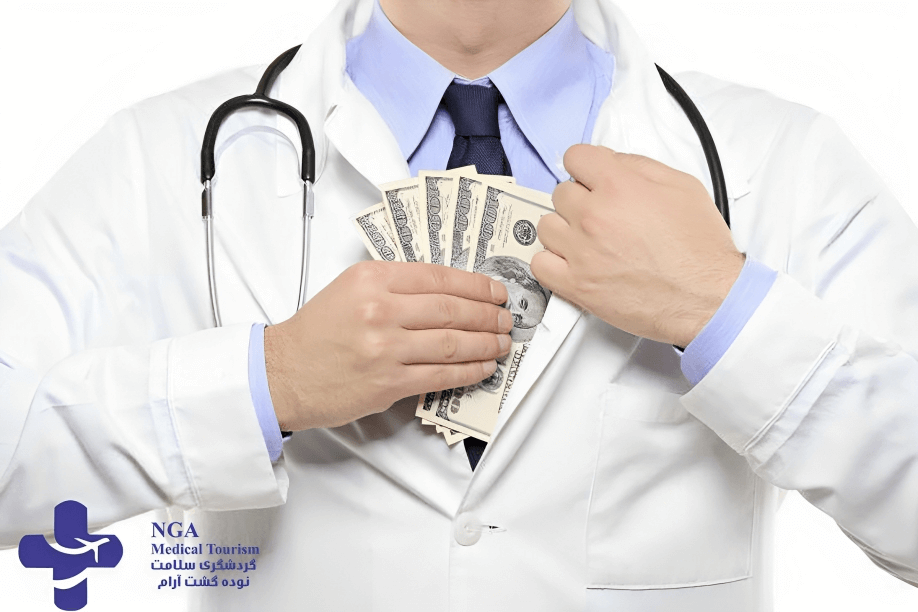
Nodeh Gasht Aram is a trusted company in Iran, catering to the needs of foreign patients seeking medical tourism. They offer personalized services, including arranging consultations, surgeries, and accommodations, ensuring a smooth and convenient experience. Their professionalism, expertise, and commitment to patient satisfaction make them a reliable choice for international patients.
conclusion:
In conclusion, revision rhinoplasty plays a crucial role in addressing unsatisfactory outcomes or complications from previous nose surgeries. It offers patients the opportunity to achieve their desired aesthetic and functional goals. With the expertise of skilled surgeons, advanced techniques, and careful planning, revision rhinoplasty can provide successful results. However, it is important for patients to have realistic expectations, communicate their concerns effectively, and consult with qualified professionals to ensure personalized care and optimal outcomes.
Read More: Lasik eye surgery in Iran Question and Answer
Read More: Eye Surgery cost in Iran (Lasik&Refractive Surgery,Cataract)
Read More: lasik Eye Surgery in Iran
Read More: Glaucoma Treatment In Iran
Read More: Cataract surgery in Iran
Frequently asked questions about revision rhinoplasty
The recovery process after revision rhinoplasty can involve some discomfort and pain, but it varies for each individual. Pain medications and proper post-operative care can help manage any discomfort experienced during the recovery period.
The timing for revision rhinoplasty after the primary procedure depends on the individual’s healing and recovery. It is generally recommended to wait at least 12-18 months to allow for proper tissue healing and to assess the final results before considering revision surgery.
The duration of revision rhinoplasty can vary depending on the complexity of the case and the specific goals to be addressed. On average, the surgery can take anywhere from 2 to 4 hours, but it is best to consult with a surgeon for a more accurate estimation based on individual circumstances.
The recommended stay in Iran for revision rhinoplasty typically ranges from 7 to 10 days to allow for pre-operative consultations, the surgery itself, post-operative recovery, and initial follow-up appointments. However, the exact duration may vary depending on individual healing and the surgeon’s recommendation.
Rhinoplasty focuses on reshaping the external appearance of the nose for aesthetic purposes, while septoplasty corrects a deviated septum to improve nasal airflow and breathing without altering the nose’s external appearance.
Yes, with the help of advanced imaging technology like computer simulations or 3D imaging, your surgeon can provide a visual representation of the potential outcome of your nose surgery, giving you an idea of what your nose might look like after the procedure.
While rhinoplasty is a common surgical procedure, it is not considered a simple operation. It requires a skilled and experienced surgeon to carefully reshape and modify the nose to achieve the desired aesthetic and functional results. The complexity of the surgery can vary depending on the specific goals, the patient’s unique anatomy, and any previous nasal surgeries or issues.
The recovery period after rhinoplasty can vary for each individual, but on average, it typically takes around 1 to 2 weeks for the initial swelling and bruising to subside. However, complete healing and final results can take several months, with the nose gradually settling into its new shape over time. It’s important to follow your surgeon’s post-operative instructions and attend follow-up appointments for proper monitoring and guidance throughout the recovery process.
Yes, there are risks associated with rhinoplasty, including potential complications such as infection, bleeding, scarring, breathing difficulties, asymmetry, and dissatisfaction with the results. However, these risks can be minimized with proper pre-operative evaluation, skilled surgical technique, and post-operative care under the guidance of a qualified surgeon. It’s important to discuss these risks and concerns with your surgeon before proceeding with the surgery.
The duration of bruising after rhinoplasty varies from person to person. Typically, bruising around the eyes and nose can last for about 1 to 2 weeks, gradually fading away. However, individual healing and recovery times may differ, and some individuals may experience minimal bruising or resolve faster. Following your surgeon’s aftercare instructions and utilizing techniques like cold compresses can help minimize bruising and promote faster healing.
When choosing a surgeon for rhinoplasty, consider their board certification, experience/specialization in rhinoplasty, patient reviews, communication skills, and trustworthiness.
